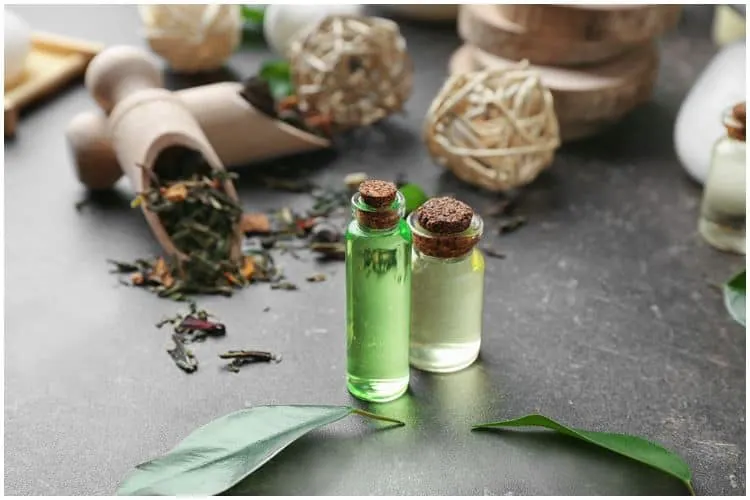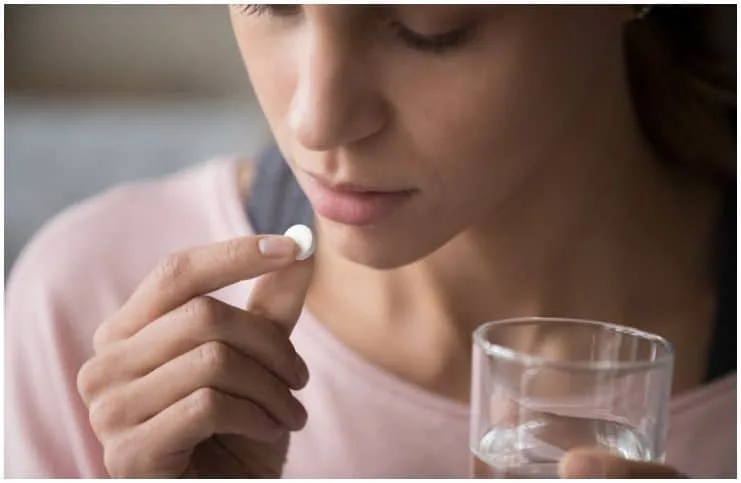Mupirocin vs Neosporin:
Introduction
The topical use of antimicrobial agents may be especially helpful to overcome the deleterious effects of bacteria in specific circumstances.
Here is a comparison of Mupirocin and Neosporin, two medicines used to prevent minor wound infections:
Mupirocin
Mupirocin ointment is a unique topical agent that was developed for use in the treatment of superficial skin infections. It belongs to a family of drugs called topical antibiotics.
It can be found under the brand names of Bactroban or Centany. The US Food and Drug Administration originally approved it in 1987.
Neosporin
It is a combination of neomycin, bacitracin, and polymyxin B. It was originally produced by Citron Pharma and was first approved by the US FDA in 1971.
In the present day, it is sold by Johnson & Johnson.
Uses
Mupirocin is used for skin infections, such as – folliculitis (infection of the hair follicles), impetigo, or furunculosis. In addition, it is used to treat small lacerations, sutured abrasions or wounds, which have become infected with Streptococcus pyogenes or Staphylococcus aureus.
Neosporin is used for preventing infections in minor skin trauma.
Mechanism of Action
Mupirocin works by killing the pathogenic bacteria which are causing the infection. Also, it stops the bacteria from proliferating.
Neosporin works by killing the pathogenic bacteria which cause the infection.
Side Effects
Possible side effects of Mupirocin include:
- itching;
- burning;
- ear pain;
- change in taste;
- pain;
- a stuffy nose;
- skin rash;
- sore throat;
- diarrhea;
- stinging in the nose;
- cough;
- chest congestion.
Possible side effects of Neosporin include:
- skin rash and irritation;
- liver or kidney damage.
Dosage
Mupirocin should be applied to the affected area up to 3 times per day for up to 10 days. It comes as a cream and as an ointment.
Neosporin should be applied to the affected area up to 3 times per day. It is available in cream or ointment form.
Warnings & Precautions
Mupirocin
- avoid getting it in your eyes or mouth; if the medicine gets in your mouth or eyes, rinse thoroughly with clean water;
- avoid the medicine if you have ever had an allergic reaction to it;
- the medicine should be avoided if you have an open wound;
- if you miss a dose, apply the dose as soon as you remember.
Neosporin
You should not use this medication on a child younger than 2 years old. Also, before using the medication, tell your doctor if you:
- have any allergies, including to foods, dyes, medications, or preservatives;
- have an animal bite, a puncture wound, or a serious burn.
Drug Interactions
These medicines are not known to negatively interfere with other medicines.
Alcohol
There are no known interactions between alcohol and these medicines.
However, it is recommended to wait until you are feeling better before drinking any alcoholic beverages.
Is It Safe During Pregnancy or Breastfeeding?
The safety of these medicines during pregnancy and breastfeeding has not been established. They should only be used when the potential benefits outweigh the possible risks of treatment.
Bottom Line – Mupirocin vs Neosporin
Mupirocin is an antibiotic that is applied topically to treat skin infections, like – impetigo, caused by certain pathogenic bacteria. It has shown remarkable in vivo and in vitro activity against gram-positive staphylococci and streptococci, which are the main pathogens in the majority of superficial skin infections.
Neosporin is the brand name for an OTC medicine that contains the antibiotics neomycin, bacitracin, and polymyxin B. It can be used to prevent infections in minor cuts, burns, and wounds as well as to treat certain skin infections.
According to a 2000 study that was done by the SmithKline Beecham Pharmaceuticals, United Kingdom, Mupirocin has excellent activity against the major skin pathogens while having very few side effects.
According to a 2012 study which was conducted at the Department of Microbiology, Immunology and Molecular Biology, India, Neosporin had poor activity against Proteus spp, Pseudomonas aeruginosa, and group D streptococci.
If you are unsure which medication to use, consult with a healthcare professional.
ALSO READ: Mononessa vs Sprintec
10 Natural Remedies For Minor Wound Treatment
When your skin gets broken, it is easy for the skin to get infected. A wound is more likely to become infected if it:
- occurs in a person with alcoholism, diabetes mellitus, or a weak immune system;
- results from a hole, like – from a piece of glass or a nail;
- heals very slowly;
- results from an animal or human bite;
- contains dirt;
- occurs in your leg, armpit, hand, foot, or groin;
- isn’t cleaned or treated within 8 hours.
If you think your skin may be infected, watch for these symptoms:
- the wound hasn’t healed in 10 days;
- fluid or pus leaks out of the cut;
- you have a fever;
- the skin around the injury is red;
- swelling, which gets worse after two days;
- pain which gets worse after several days;
- sores that look like blisters;
- a yellowish crust on top.
Here are a few home remedies you can try:
#1 Garlic
Garlic has been known for its potent antibiotic and anti-microbial attributes, which can help reduce pain, stop bleeding, prevent infection, and promote healing.
#2 Cayenne Pepper
It disinfects the wound due to it is anti-bacterial and anti-fungal properties. Also, it is effective in helping blood to clot faster at the site of the wound.
ALSO READ: Oxymetazoline vs Phenylephrine – Which Is Better?
#3 Aloe
Aloe vera is famous for its capacity to cool and soothe the skin, particularly in the case of burns.
#4 Tea Tree Oil
Applying tea tree essential oil to scrapes and cuts can prevent infection since this essential oil has anti-fungal and antimicrobial properties.
#5 Lick Your Wounds
If you don’t have access to water and soap, licking your wound may help remove surface contaminants. Furthermore, saliva contains antibacterial agents.
ALSO READ: Nexplanon vs Depo-Provera
#6 Activated Charcoal Powder
It can eliminate harmful bacteria and also draws out toxins extremely well.
#7 Manuka Honey
Manuka honey, made from the manuka bush native to New Zealand, has one of the highest concentrations of antibacterial and antimicrobial properties.
#8 Turmeric
Curcumin, the active ingredient in turmeric, helps boost wound healing by modulating collagen (the main protein in the body), according to a study issued in the journal Molecular and Cellular Biochemistry.
#9 Calendula
It can be used topically to help heal skin infections, abrasions, and internal infected mucous membranes due to its anti-inflammatory and anti-microbial properties.
#10 Witch Hazel
It contains tannins, chemicals that help repair broken skin, reduce swelling, and fight pathogenic bacteria when applied topically.
Sources https://www.ncbi.nlm.nih.gov/pubmed/8959632 https://www.ncbi.nlm.nih.gov/pubmed/9568337 https://www.ncbi.nlm.nih.gov/pmc/articles/PMC89667/ https://academic.oup.com/cid/redirectedFrom=PDF

